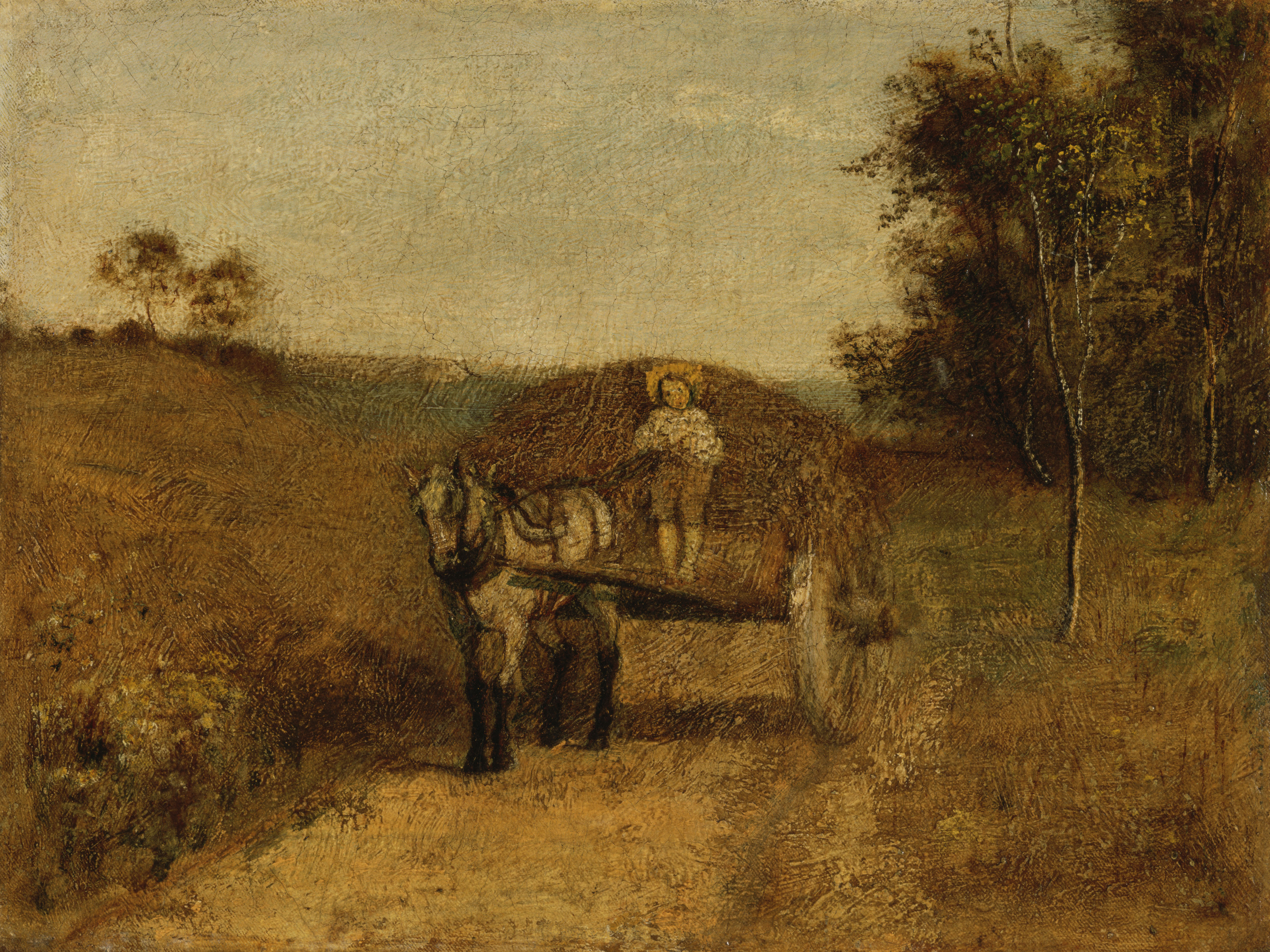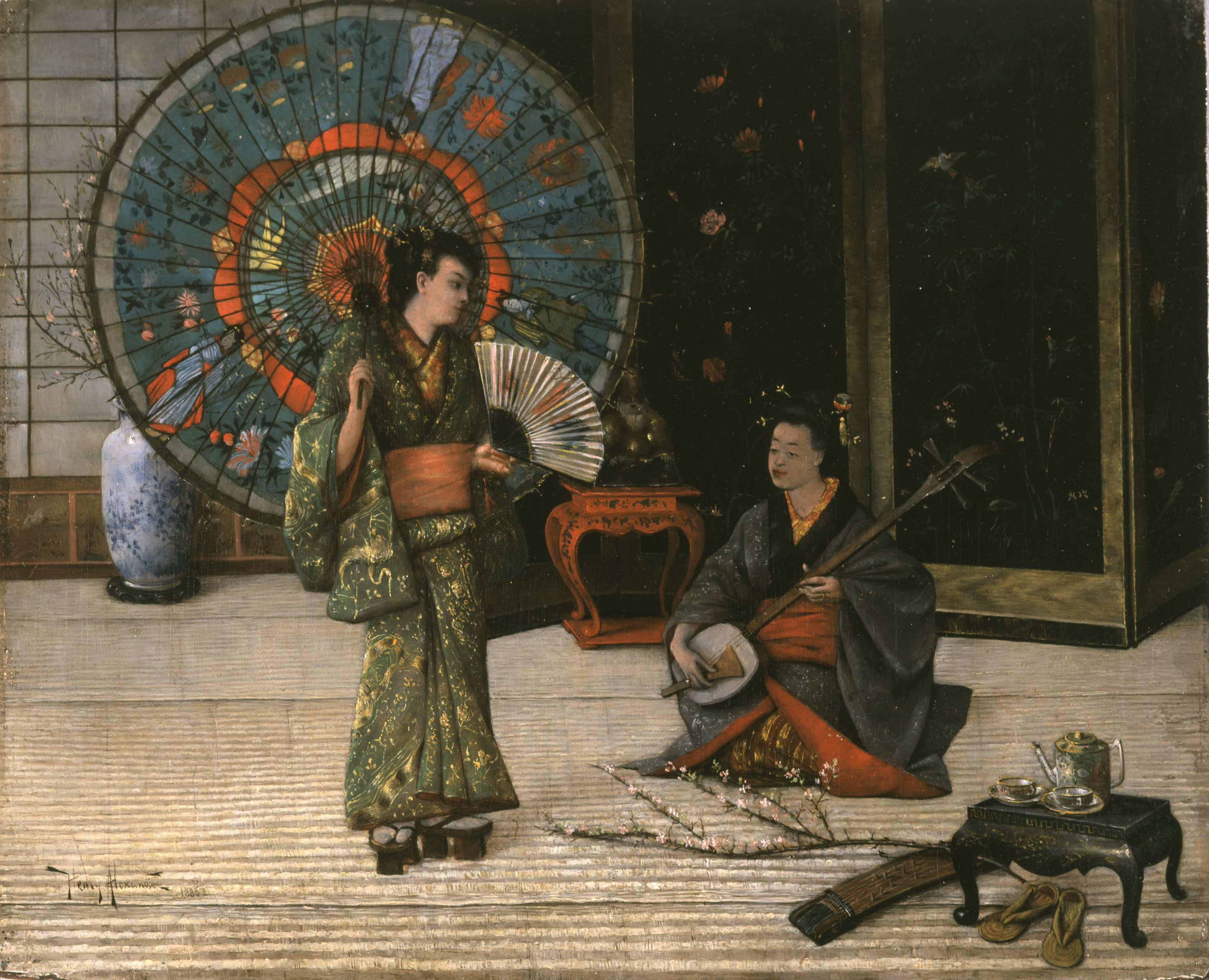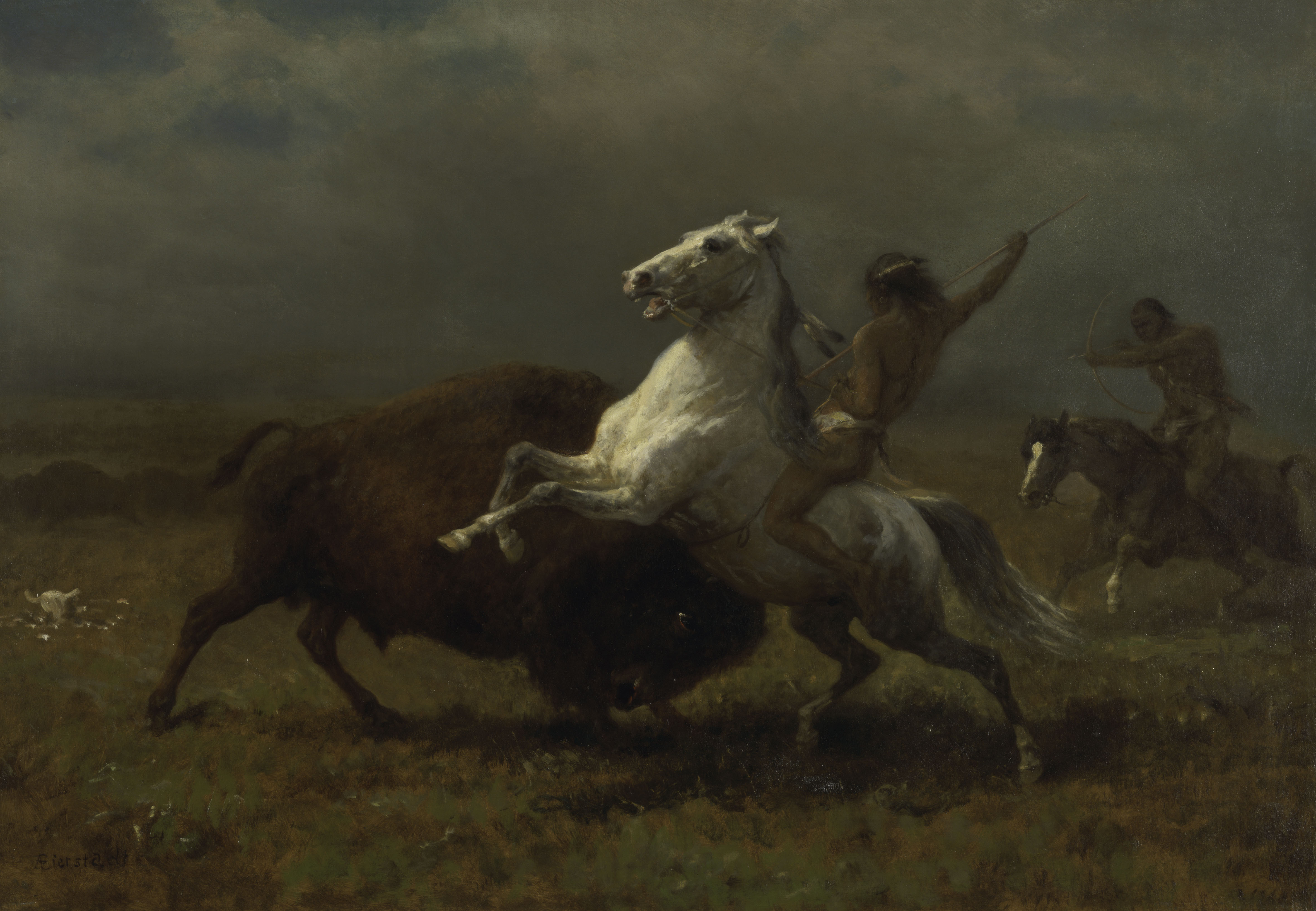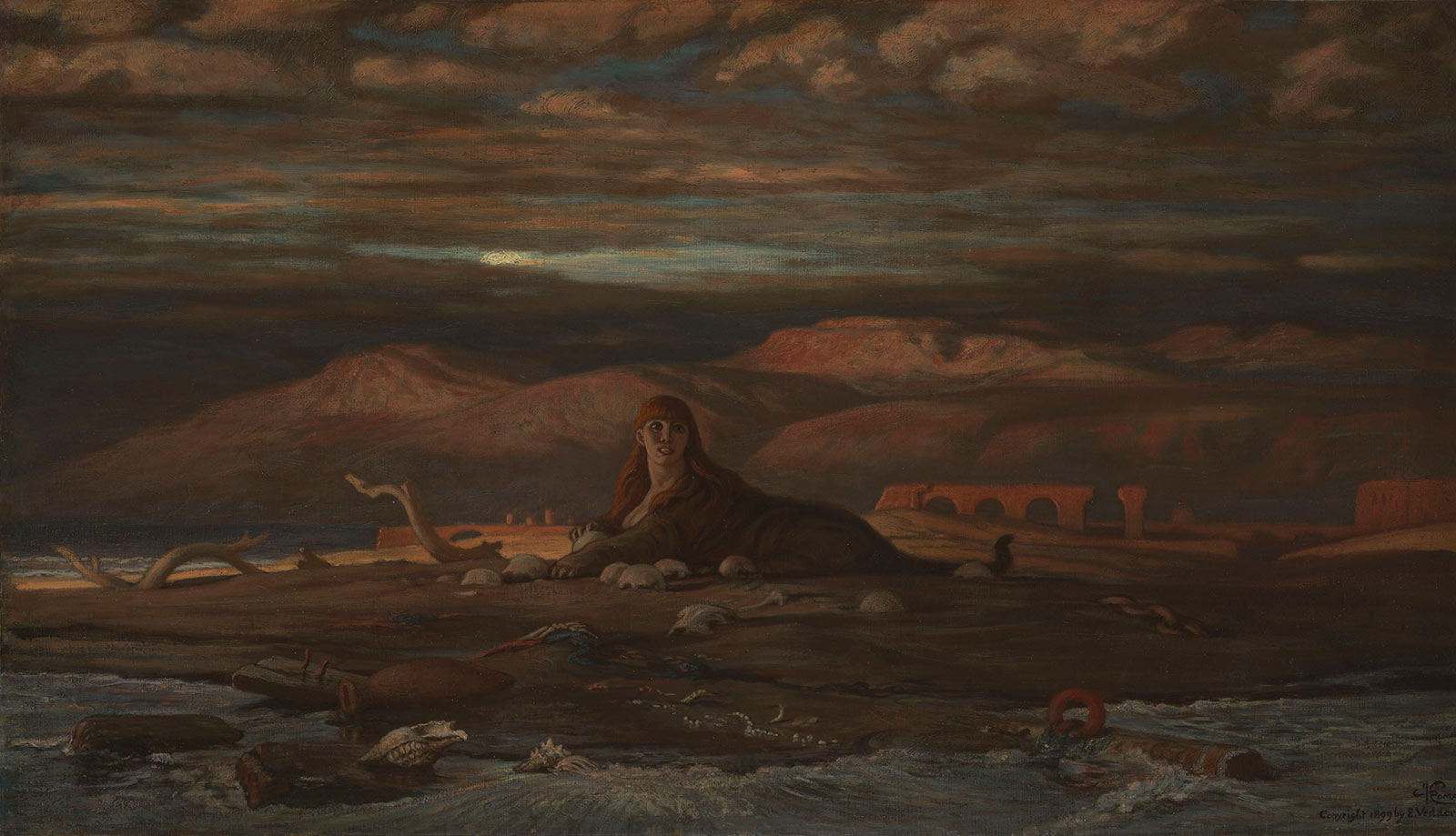Frank Jay St. John
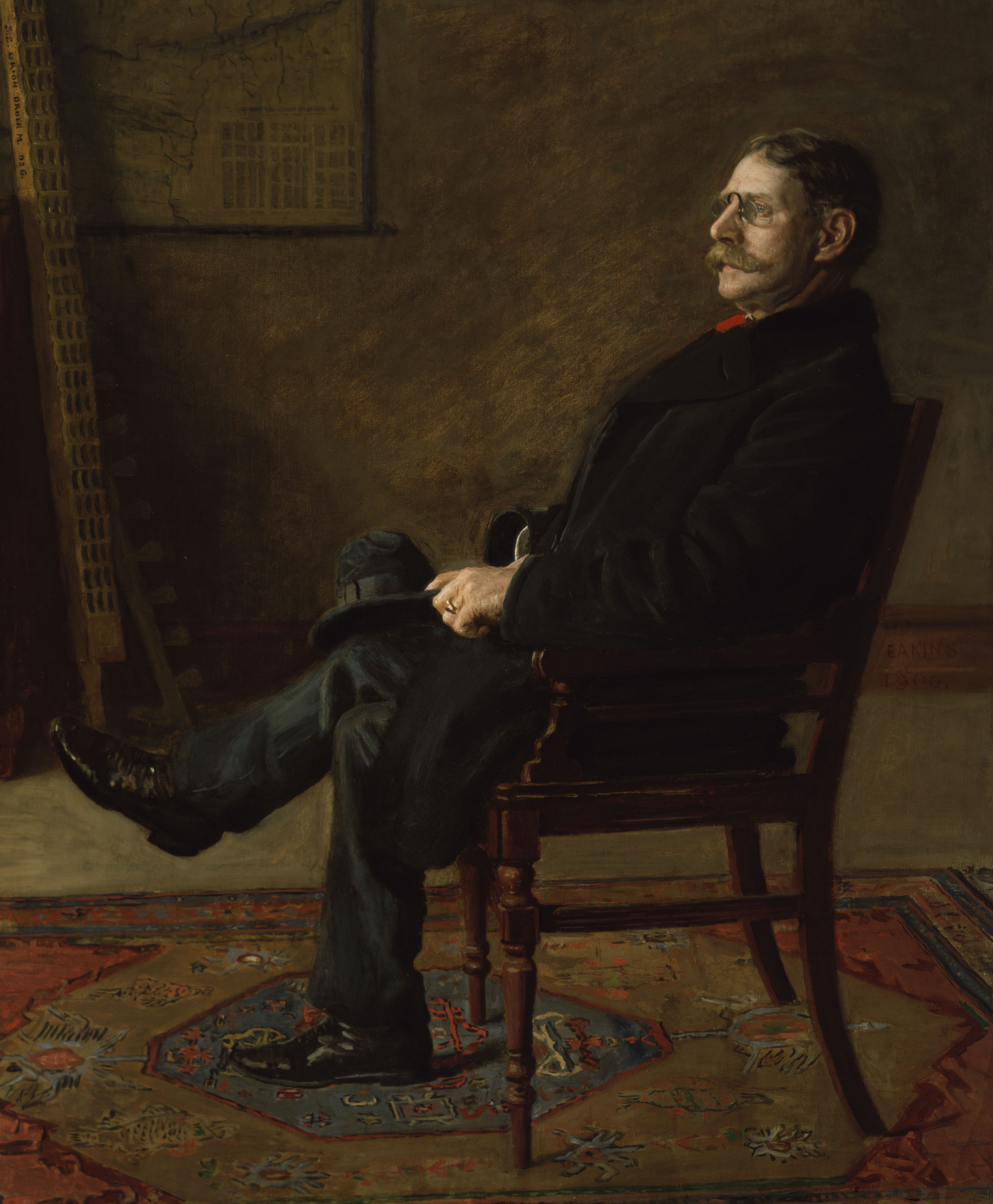
What makes a good teacher?
Eakins’s portraits are distinguished by their unvarnished realism, anatomical precision, and attention to detail. In this portrait of Philadelphia coal merchant Frank Jay St. John, Eakins masterfully evoked the energy and impatience of his subject, who still wears his overcoat and clutches his hat. St. John is portrayed with the tools of his trade—two grate bars (upon which coal burns to power steamship boilers), for which he had received a patent in 1894.
